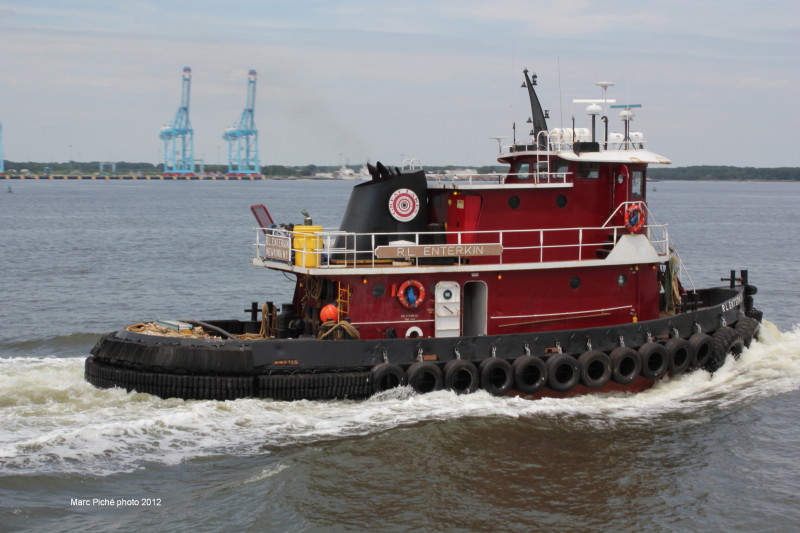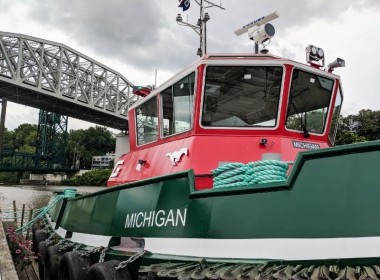
Coastal storms and hurricanes speed up the natural migration process and adds the effects of coastal erosion to the mix. The natural migration of the sea bottom and sand over time usually clogs channels and harbors, creating the need to re-dredge navigable waterways. Backgroundĭredging is the mechanical and physical movement of the sea bottom from one place to another. As the only publicly traded US dredging firm, peer comparisons are most difficult at best. As a shareholder, I appreciate the uniqueness of both the company and its market. I initiated a position in Sept 2019 and added to position between March and April 2020. While most problems could be considered as fleeting, there is one major structural issue that is inherent with its business model.įirst off, I am biased towards Great Lakes Dredge & Dock as a long-term speculative capital gains investment. The largest US dredging company, Great Lakes Dredge & Dock ( NASDAQ: GLDD ) is currently "caught in irons" with an abundance of transient issues stalling its business and share price.

When a sailing vessel points directly in the wind with no momentum to either side, the boat will become motionless and dead in the water.

"Being caught in irons" happens when the boat is turning from one tack direction to another and momentarily is pointing straight into the wind.

There is a predicament in sailing which is the epitome of a navigational nightmare called "being caught in irons".


 0 kommentar(er)
0 kommentar(er)
